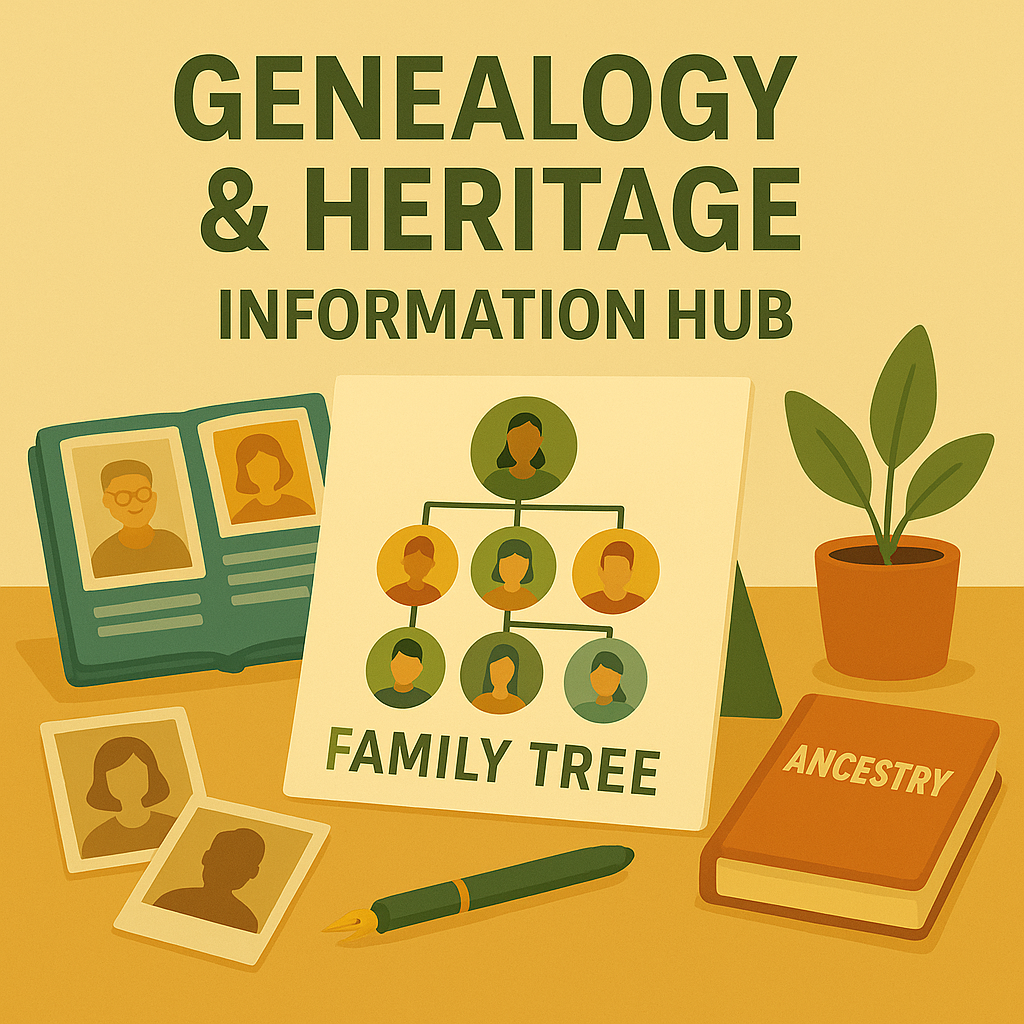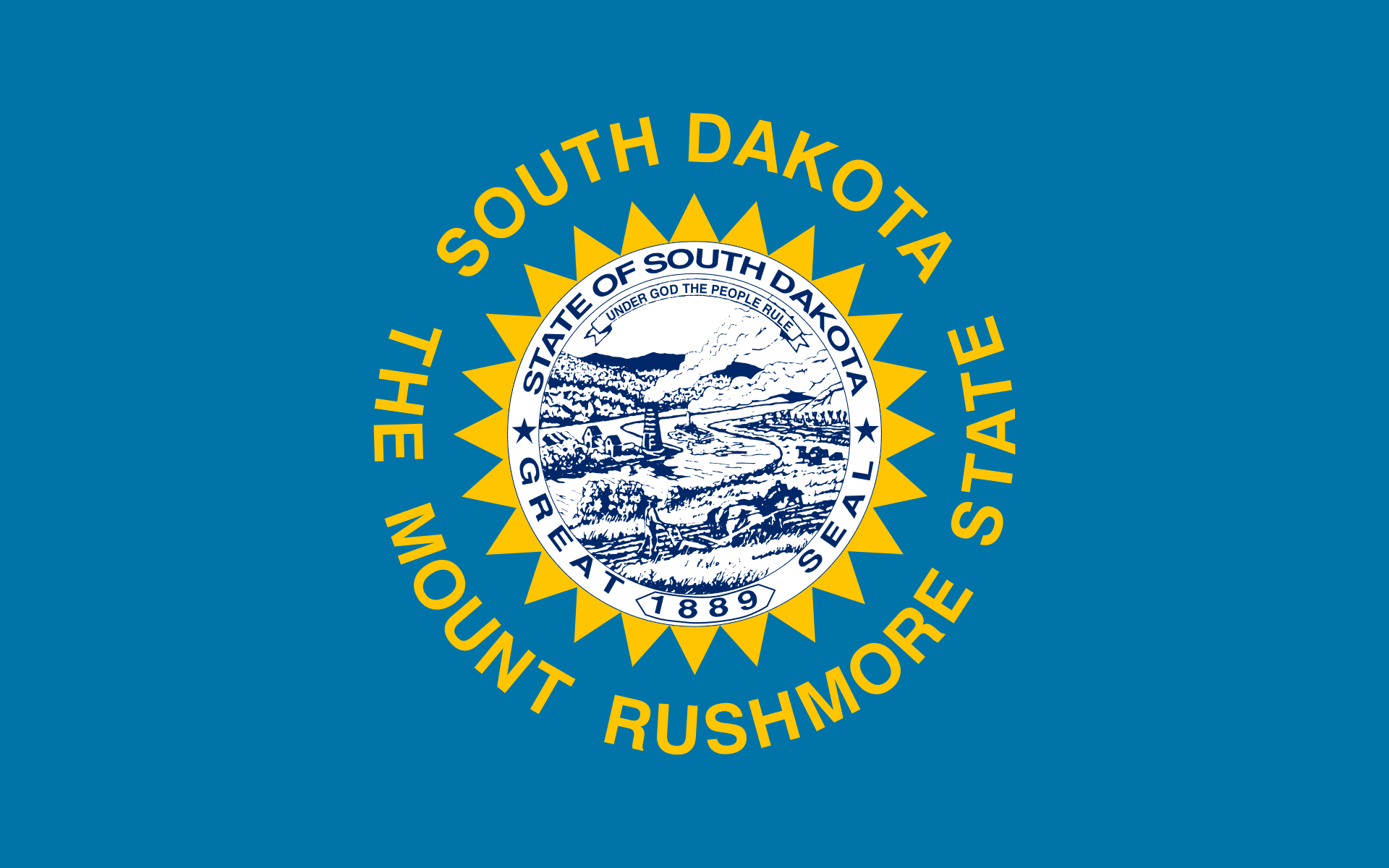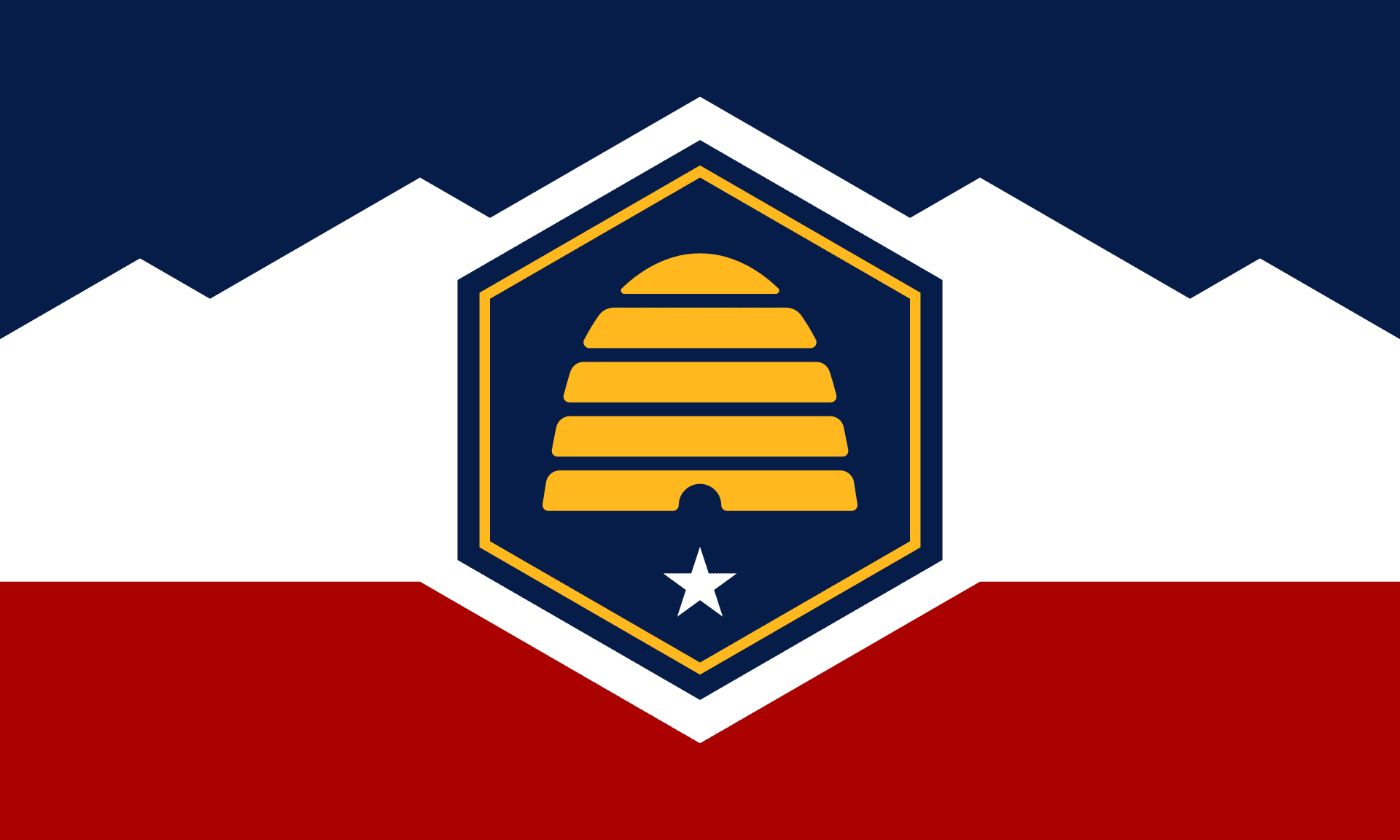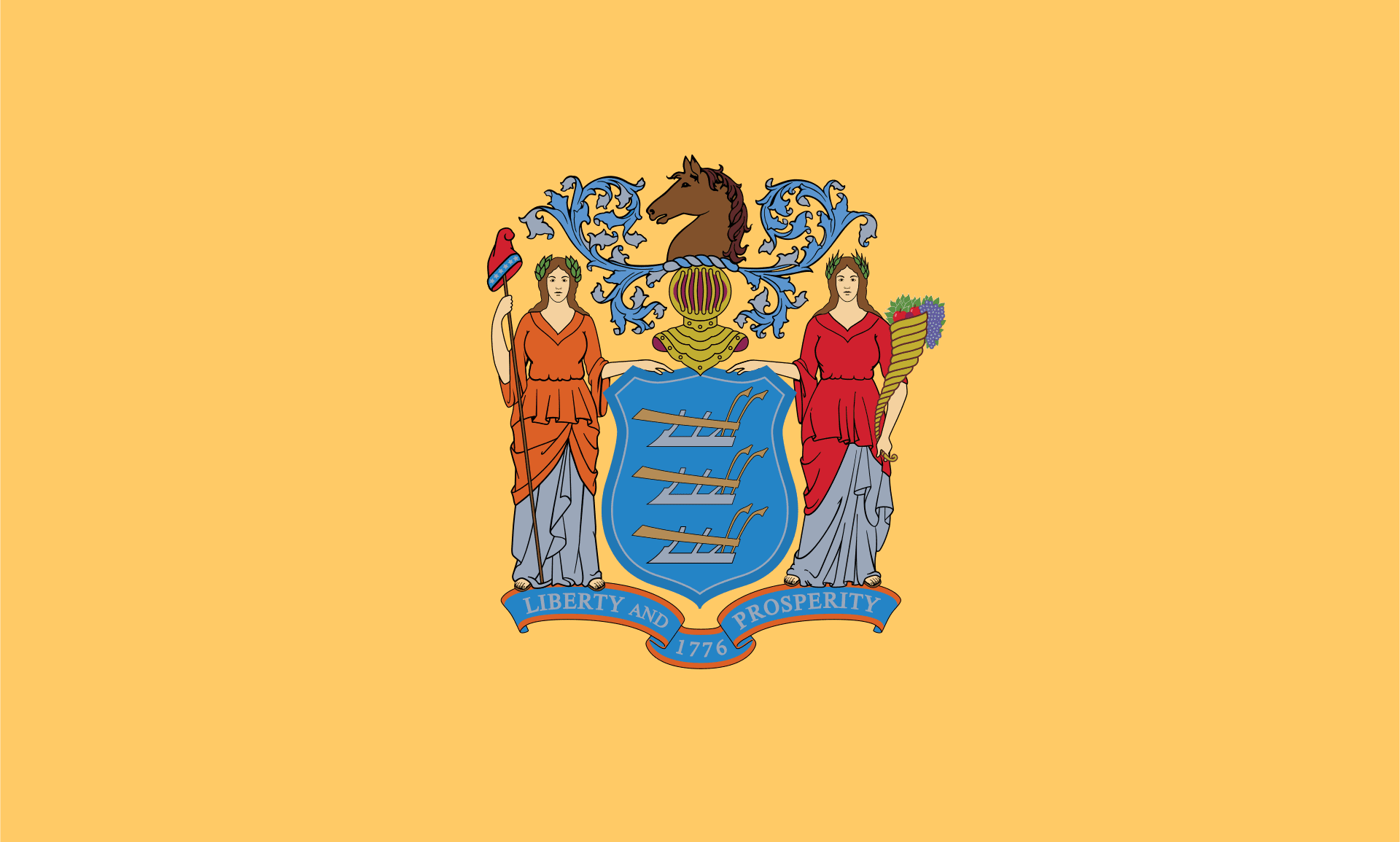Every Story Starts Somewhere
The Genealogy & Heritage Information Hub
When you understand where you come from, you can make more thoughtful decisions about what to pass on. This hub is all about capturing your family’s history, cultural background, and the traditions that shape your identity. It’s one of the most meaningful parts of legacy planning, and one that future generations will thank you for.

Key Things To Know
Gathering genealogy and heritage information is about more than tracing a family tree. It's about preserving the values, struggles, migrations, and memories that made your family who they are. Here’s what you’ll want to collect:
- Names, birthplaces, and birthdates of parents, grandparents, and great-grandparents
- Countries of origin and immigration details, including dates and ports of entry
- Languages spoken at home or passed down through generations
- Family traditions tied to culture, religion, or region (holiday meals, rituals, clothing, etc.)
- Stories passed down through generations that reveal something meaningful
- Photos, letters, or heirlooms connected to family origin stories
- Significant religious, spiritual, or cultural beliefs tied to your ancestry
- Family surnames and how they may have changed over time
- Ethnic backgrounds and any known tribal, national, or regional affiliations
- DNA test results, if applicable, and notes about how they align with family stories
- This isn't about filling in every blank. It’s about preserving enough of the story so someone down the line doesn’t have to start from scratch.
How To Get Started
You don’t need to become a professional genealogist to preserve your family story. The goal isn’t perfection. It’s to capture enough for future generations to understand where they came from. Here’s how to begin:
- Start with what you know: List names, places of birth, and any key memories you have about your parents, grandparents, or other relatives. Even a few notes go a long way.
- Talk to your relatives: Reach out to older family members and ask what they remember. These conversations often lead to stories, insights, and names you never expected.
- Collect documents and photos: Look through family albums, keepsake boxes, or old folders for letters, records, or photographs. Snap a quick photo or scan them to preserve what you find.
- Write down family traditions: Capture the rituals, holidays, meals, or sayings that were part of your upbringing. These everyday details are often the most meaningful.
- Dig into your cultural background: If your family has roots in a specific country or culture, take a little time to learn more. Even if the traditions weren’t passed down directly, you can still document what you discover.
- Use a simple format: You don’t need a giant binder or custom chart to get started. A notebook, a shared document, or a CLEAR Kit section is enough.
- Save as you go: Store your findings somewhere safe. This might be a printed binder, a digital folder, or a legacy planning tool. Share it with people who might want to add their own memories.
Checklists, Guides, & Resources
Buried in Work offers a variety of checklists, guides, and other resources. Below are some of the most popular ones related to this Information Hub.
Find A Service Provider Near You
Need professional assistance? Use our directories to find trusted service providers near you who specialize in estate planning, end-of-life organization, and related services.
Articles
Frequently Asked Questions
Whether you're just starting to explore your ancestry or you're the unofficial family historian, these questions come up a lot. Here's what to keep in mind as you collect and preserve your family's story.
Disclaimer: The information provided on this website and by Buried in Work is for general informational purposes only and should not be considered legal advice. Please consult with a qualified attorney or subject matter expert for advice specific to your situation.





